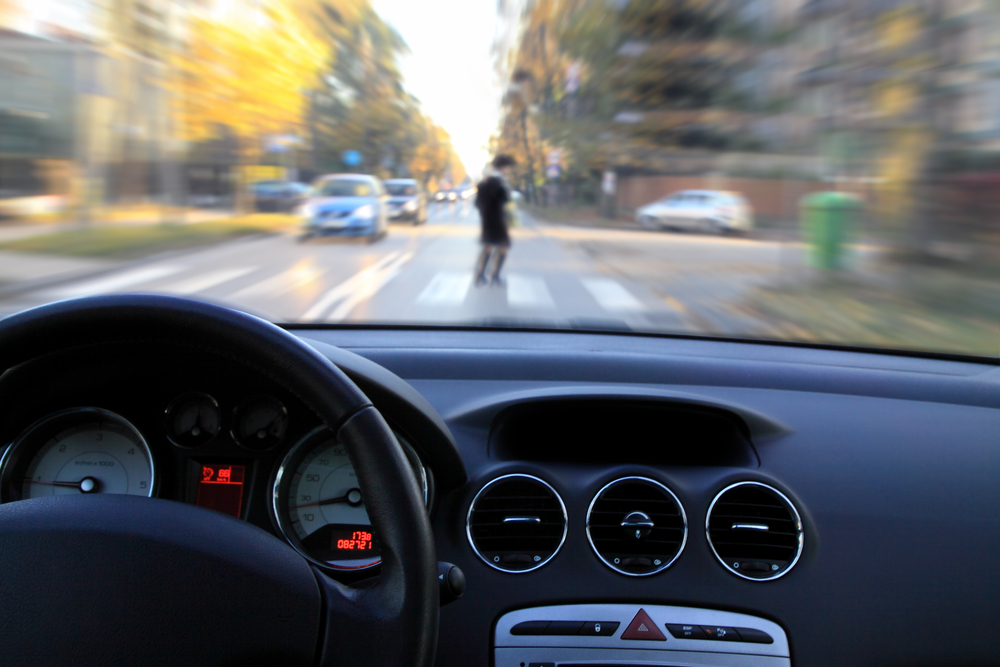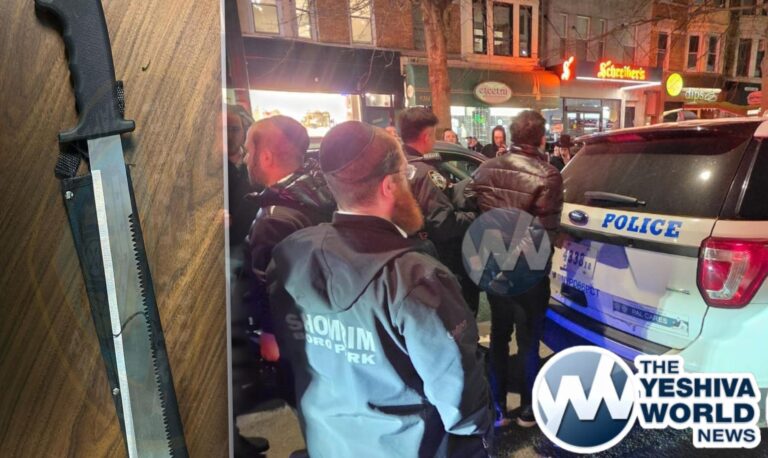Troubling news comes from all over the world. While ecologists are celebrating unprecedented purification of the environment due to a significant reduction of traffic, the rate of fatality rates is still pretty high.
The amount of vehicles and pedestrians on the streets has decreased dramatically due to the Pandemic of COVID-19. Many people have switched to working from home, and children finished the academic year distantly. The lockdown was not homogeneous all over the Continent, therefore the average percentage of traffic reduction – 8% – might not seem that dramatic. But because there were much fewer pedestrians on the streets, the leap of motor vehicle fatality rates seems shocking. Those reports seem quite paradoxical, but they have quite a logical explanation. The practice shows that empty roads are much more dangerous than streets blocked with traffic.
Lonely tree in the field
Traffic analysts give quite a shocking, but a pretty logical explanation for these sad statistics. It is widely known that any driver would be much more concentrated in a complex traffic situation than on a free and empty highway. This explains the fact why car accidents are much more likely to happen on straight highways at noon and night time then on winding roads at the rush hour. Being psychologically ready for stressful situations, we pay more attention to our driving and fellow road users.
During the Pandemic, the proverbial problem of heavy traffic during rush hour has disappeared from the streets in many cities, but another severe issue has replaced it. Distracted driving has turned into an ultimate disaster since the appearance of smartphones, planchettes, and other devices. During the Lockdown, the problem of distracted driving has reached a whole new level. Without any visible traffic complications, drivers naturally started to pay less attention to the road itself, gazing at deserted streets and closed shops, making “post-apocalyptical” pictures and videos for social media, or simply feeling that there is no harm at checking out a message as long as there is no one on the road to bump into. At the same time, pedestrians themselves fell victims of the same illusion safety of empty roads, paying less attention to traffic while crossing the street. This false sense of safety has lead to the confusing and devastating rise of road fatalities in 2020. Traffic researches call it “The Lonely Tree Phenomenon”. A lonely pedestrian is much more likely to become a victim of a vehicle accident just like a single tree may be struck by a lightning. This phenomenon is observed in Israel annually during the holiday Yom Kippur. This day is traditionally marked by almost zero road traffic, while the amount of fatal car accidents becomes abnormal.
Sidewalks seem to have turned into a battlefield on the North American continent nowadays. For example, according to the data provided by a Canadian law firm Lalande Personal Injury Lawyers, many of their injury cases are those that involve pedestrians.
Is it over?
It might be quite logical to assume that now when most of the restrictions are being lifted and people come back to regular life, the situation might go back to normal. But experts still warn about abnormal car accident statistics that is not likely to change soon. While people got used to speeding on empty roads, crossing the streets blithely and some might have simply lost their grip at driving during the lockdown, the sad tendencies might continue. Therefore, authorities are calling all road users to pay special attention nowadays. Some regions are discussing the possibility of increased penalties for distracted driving.











